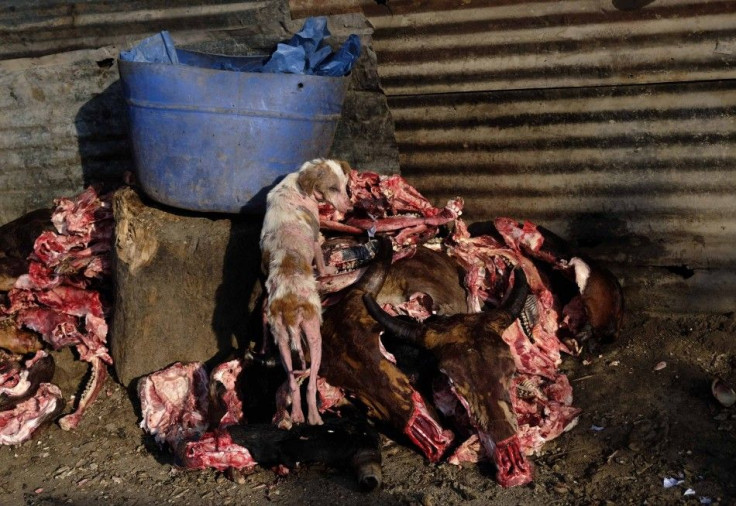Cosmetics and Pet Food Now Part of Canada’s Thriving Hidden Exports

It seems Canada may well include in its list of official exports other items apart from natural resources. A new report from the Conference Board of Canada said cosmetics and pet food are now also two of the country's biggest exports. The other three are high-tech imaging devices, synthetic rubber and sodium chlorate.
Kristelle Audet, economist with the Canadian Industrial Outlook, said most perceive Canada is good only at shipping out natural resources.
"Very few people think of Canada as being a global player in the cosmetics industry or being competitive at manufacturing and exporting high-tech equipment or chemicals," Audet said in a release. "However, they are among some of Canada's hidden export success stories -- it comes down to creating innovative products for niche markets."
The 'Competing Globally: Canada's Hidden Success Stories' report highlighted five little-known products from the non-primary sector for which Canada is globally competitive:
- Cosmetics - Canada is the world's tenth largest exporter of cosmetic products, accounting for three per cent of global cosmetics trade. Our competiveness at exporting cosmetics rests on our proximity to the U.S. and on Canadian companies' ability to establish themselves at an early stage in fast-growth markets.
- Pet food - Canadian exports account for 3.5 per cent of global pet food trade, making us the world's ninth-largest exporter. As in cosmetics, our competitiveness in pet food stems from our proximity to the U.S. market, and manufacturers' success at exporting premium brands to emerging markets. Another key factor behind Canadian pet food manufacturers' competitiveness in foreign markets is the "Made in Canada" advantage. Canada is globally recognized for producing high-quality food products in clean facilities.
- Photonic devices - Canada is the world's tenth largest exporter of photonic devices. Photonic devices include products such as imaging and machine vision systems, 3-D scanners, and light detection and ranging mapping and imaging systems. Our global competitiveness in this industry flows from a large concentration of interconnected organizations (industry clusters) located in Central Canada, as well as an ability to bring highly specialized and innovative products to market.
- Inorganic chemicals - Canada is the world's largest exporter of sodium chlorate, a chemical used as a bleaching agent in the pulp industry. It accounts for 98 per cent of Canadian exports of inorganic chemicals and 75 per cent of global trade for that product. Our global competitiveness at exporting sodium chlorate rests on low electricity costs, ready access to fresh water supplies, and on our proximity to some of the world's largest pulp manufacturing plants, providing us with an undisputable edge in the North American market.
- Synthetic rubber - 80 per cent of Canadian exports of synthetic rubber consist of butyl rubber, a key ingredient in making tires. Canada is the world's fifth largest exporter of butyl rubber, accounting for almost 15 per cent of global trade. Exports of butyl rubber come from a single plant in Sarnia, Ontario and are supported by the petro-chemical industrial cluster located in the area and our proximity to the U.S. market. However, our global competiveness is currently being challenged by other countries, both in the North American and Asian markets.
Canada is renowned for exporting oil, gold, wheat and canola, as well as wood, aircraft and automobiles.
The country's exports could further be diversified if only Canadian companies strive to be globally competitive. Audet described most Canadian companies "lack global ambition," noting few prioritise innovation or market potential beyond their home province.
"As they have little interest in selling their products abroad, most Canadian companies do not feel the pressing need for offering innovative products to be able to compete in world markets," the report said.





















